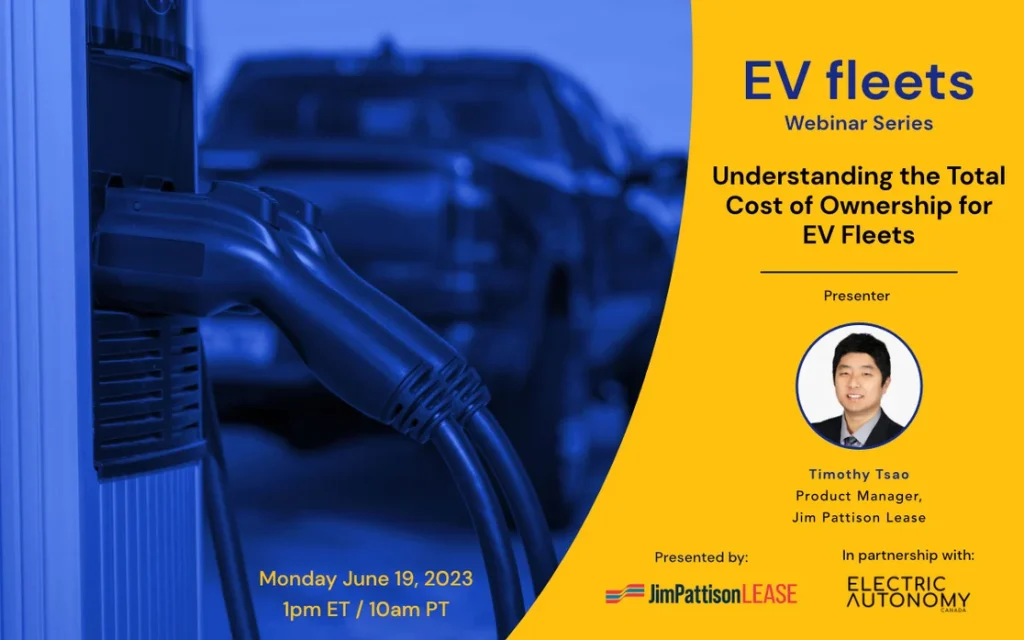

Evaluating the Total Cost of Ownership for Electric Fleets is paramount for businesses considering a transition to electric vehicles. The initial excitement often overshadows the crucial need to comprehensively assess all costs associated with an electric fleet. This detailed analysis explores the essential elements, from upfront expenses to long-term maintenance, and demonstrates how a comprehensive approach enhances decision-making and ensures the financial success of an electric vehicle transition. This article will help business leaders navigate the complexities of electric fleet economics and identify the key factors that influence the total cost of ownership. We will provide a framework for understanding the various cost components, including upfront capital expenditures, operational expenses such as charging, maintenance, and insurance, and the projected long-term costs of an electric fleet. We will examine different scenarios and offer insights into how businesses can optimize their electric vehicle investments for maximum ROI.
Understanding the Fundamentals of Total Cost of Ownership (TCO)
Defining Total Cost of Ownership
Total Cost of Ownership (TCO) for electric fleets encompasses all costs associated with owning and operating electric vehicles over their entire lifespan. It’s a crucial metric for evaluating the financial viability of a transition. This is more than just sticker price; it’s the complete picture of costs, ensuring businesses make informed decisions about the financial implications of transitioning to electric fleets. Accurate TCO assessments can help avoid unexpected cost overruns and ensure profitability. In essence, TCO analysis provides a holistic picture of the financial implications of an electric fleet, providing a benchmark for long-term viability.
Key Components of Electric Fleet TCO
Several crucial elements contribute to the overall TCO of an electric fleet. Initial investment costs, including the purchase price of vehicles, charging infrastructure installation, and necessary upgrades, represent a substantial upfront outlay. However, the long-term operational costs like maintenance, insurance, and energy consumption must be factored into the overall TCO calculation. Beyond the obvious direct expenses, less tangible factors such as potential operational improvements due to optimized routing or reduced employee commuting time deserve consideration. This should be a holistic approach encompassing all expenses and potential savings.
Initial Investment Costs
Vehicle Acquisition Costs
The initial investment for electric vehicles often reflects higher upfront costs compared to their gasoline-powered counterparts. While the initial investment might seem substantial, factoring in government incentives and rebates can provide a more realistic picture. Analyzing different models and their associated prices, as well as factoring in potential discounts and incentives from manufacturers or government programs, is essential for accurate cost evaluation. This process of comparison can help assess the best option for each individual need and budgetary constraints.
Operational Costs
Charging Infrastructure
Setting up charging infrastructure for electric vehicles can be a considerable expense, requiring upfront investment in charging stations, or implementing partnerships with charging networks to ensure convenient access for vehicle users. The cost-benefit analysis of owning charging infrastructure should be thoroughly considered along with various charging options, including public vs. private charging solutions. It is worth investigating various charging station designs and technologies to optimize the charging experience and reduce long-term operating costs.
Related Post : Understanding New EV Regulations Impacting Your Business Fleet.
Maintenance and Repair
Predictive Maintenance Strategies
While electric vehicles often feature fewer moving parts than traditional combustion engine vehicles, they require dedicated maintenance strategies. Predictive maintenance techniques can help identify potential issues and schedule servicing proactively, thereby reducing costly repairs and downtime. Regular check-ups are key, and preventative maintenance scheduling and repair costs can provide a valuable insight into long-term expenses. Utilizing data analytics and telematics can support these strategies.
Insurance Costs
Tailoring Insurance Coverage
Insurance costs for electric vehicles might vary depending on factors like the specific model, coverage type, and the geographical location. Tailoring the insurance coverage to the unique characteristics of the electric fleet is key. It is important to evaluate and compare the different insurance options available to ensure a cost-effective solution for the business.
Tax Incentives and Government Policies
Exploring Financial Support
Government incentives play a significant role in reducing the overall TCO of electric fleets. Investigating available tax credits, rebates, and subsidies can substantially reduce upfront costs and long-term expenses. This necessitates staying informed about applicable regulations and programs to identify opportunities for financial support.
In conclusion, evaluating the total cost of ownership for electric fleets is crucial for informed decision-making. By meticulously considering all factors, from upfront investment to long-term operational expenses, businesses can optimize their fleet strategies and ensure long-term financial viability. This thorough evaluation allows for a comprehensive understanding of the true cost of transitioning to electric vehicles, facilitating a seamless transition and maximizing the long-term benefits of an electric fleet. Ready to assess your electric fleet’s total cost of ownership? Contact us today for a free consultation!